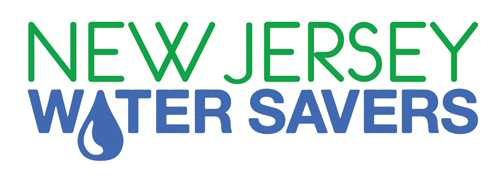NJ WATERSAVERS
![]()
One Barrel at a Time Co-op
The idea of the "One Barrel at a Time Co-op" is to engage local artists in the painting of rain barrels to make them more appealing to the general public while bringing local art to a wider audience. Rain barrels can be a unique canvas for artists to create beautiful works of art. The "One Barrel at a Time Co-op" invites artists to submit artistic designs to be applied to a barrel. After the artists are selected they are contacted and informed of where and when to pick up the rain barrel canvas they will be working with. Once the rain barrels are painted and returned, the finished rain barrels must be protected by a polyurethane top coat or taken to an auto body shop where a top coat of the materials used to seal the paint on vehicles can be applied.


EPA Display
The painted barrels could be showcased at municipal buildings (e.g., local libraries or administrative offices) or at local retail stores. This can be followed by an online auction either on a private webpage or by using a public site like eBay®. Another option can be to find a local art gallery to host an artist reception and silent auction. Donations from a combination of private, public and non-profit organizations could fund the costs incurred. The profits from the rain barrel sales can go to the individual artists or they can be given to a charity/non-profit organization such as the local watershed association. The overall objective for this project is to greatly contribute to the public's understanding of the need for water conservation while furthering the art community's creative reach.

Ag Field Day Display
“One Barrel at a Time Co-op” Cost Summary:
The following is an overview of the costs, level of effort, and lessons learned from the popular “One Barrel at a Time Co-op” completed as part of the New Jersey Department of Environmental Protection (NJ DEP) Drinking Water Conservation Pilot Project.
-
The “One Barrel at a Time Co-op” art program ran over a period of six months, and took approximately 700 hours to implement. Materials and other expenses incurred totaled $3,200, while labor was approximately $12,700. Overall the total cost of the project was in the range of $16,000.
-
Material expenses: Cost per barrel $94 (barrel, faucet, hose adaptor, locknuts, Teflon tape, caulk, fiberglass screen, pond basket, primer, scissors, vinyl gloves, mosquito dunks, paper wrap for transporting barrels, stands for artist info, tour travel, eBay auction, clear coating and printouts).
-
Lessons learned: Provide the artist the option of picking up their barrel during business hours, as well as a weekend date. Pre-prime barrels to save a few dollars on primer. Select due dates for the painted barrels to be returned, which would allow the artists to work outside in favorable conditions, not winter. Have a live auction, were refreshments are provided.



Rudy Stumpf, Helen Haniffy, Ellen Silverman
How to develop this project:
-
Obtain Barrels: The first step in conducting a similar program would be to establish a source for barrels. Rain barrels are usually made from 55 gallon high density polyethylene (HDPE) food grade drums or heavy duty garbage cans. Reconditioned barrels can be located on the internet or by looking in the phonebook. Other places to check would be a local car wash, a beverage, a pickling, or an olive manufacturer. Next the drums must be cleaned. Occasionally the supplier will do this, but if not, scrub the barrels with soap and a brush, and then triple rinse them to remove any residual substances.
-
Build Barrels: The next step would be to review and use the Rutgers NJAES Cooperative Extension Fact Sheet Rain Barrels Part I: How to Build a Rain Barrel (FS E329). Provide those who win the beautified barrel with the Rutgers NJAES Cooperative Extension Fact Sheet Rain Barrels Part II: Installation and Use (FS 1118) for installation, use, and maintenance information.
-
Municipalities Should Create the Following Documents to Conduct this Project
-
Artist Application
-
Artist Contract
Resources:
Slide Sets
- The Rainy Day Brush Off
- http://waterqualityforum.org/wordpress/wp-content/uploads/RDBO-EPA_Webcast_WNotes.pdf
Special Topics
- One Barrel at a Time Co-op
- http://www.water.rutgers.edu/Stormwater_Management/One_Barrel_Co-op.html
- The Rain Day Brush-Off
- http://waterqualityforum.org/wordpress/?page_id=82
- Recycle the Rain: Rain Barrel Auction
- http://www.gatlinburg.com/rainbarrel/default.asp
- Rain Barrel Art and Community Projects
- http://www.vacd.org/~winooski/winooski_rainbarrels.shtml
- Rain Barrels: Conserve water, reduce runoff and limit water pollution
- http://www.lenexa.com/raintorecreation/pdfs/tips_rain_barrels.pdf

